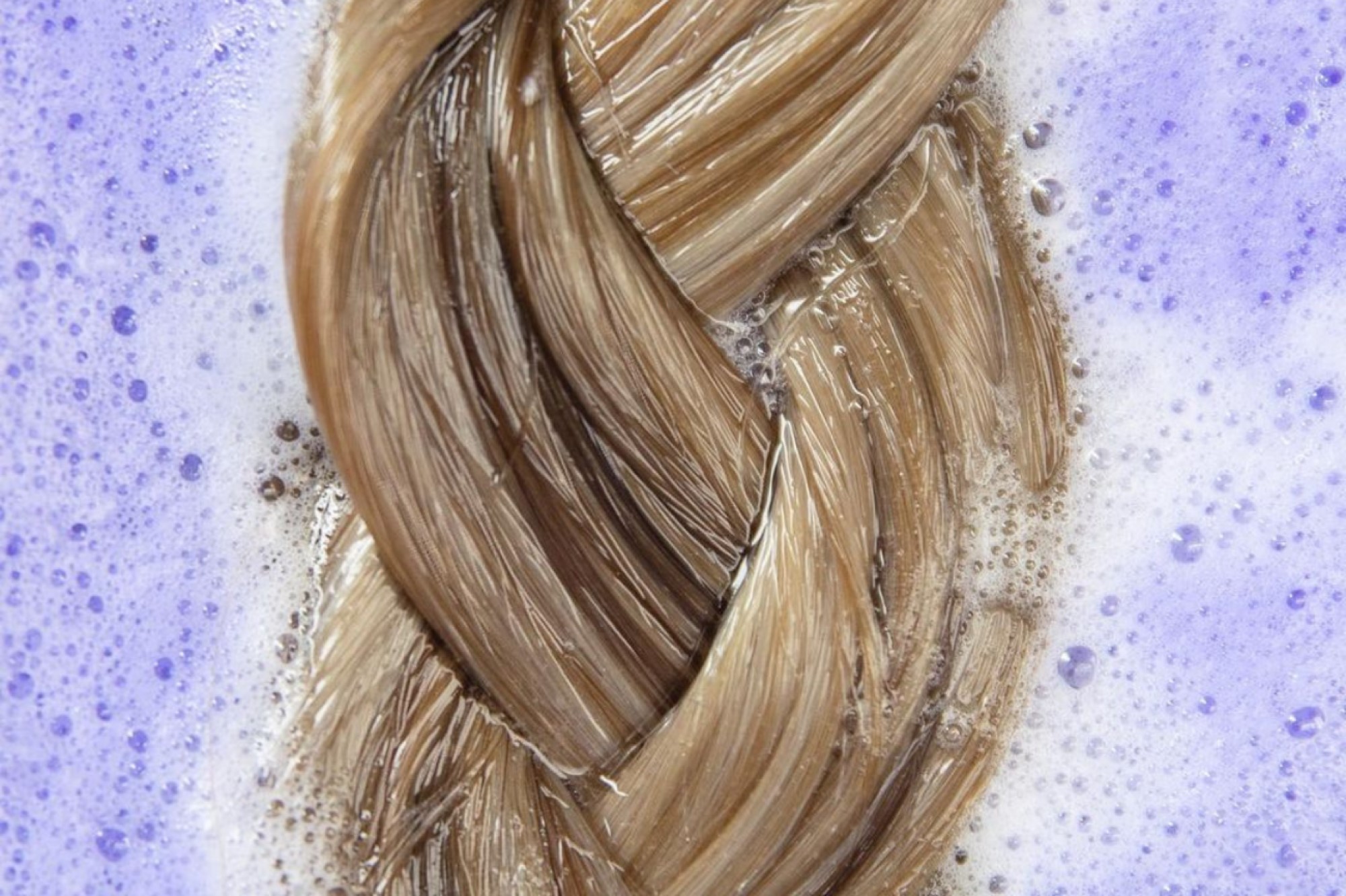-
- PRODUCT TYPE
- Shampoo
- Conditioner
- Treatments
- Stylers & Finishers
- Colour
- View All
- Blog
- Hair Colour
- What is Hair Colour Correction, and How Does It Work?
WHAT IS HAIR COLOUR CORRECTION?
Colour correction may be on your mind for several reasons. Maybe you’ve dyed your hair at home, and things haven’t gone quite to plan. Maybe your bleached hair has turned orange, or your hair’s been damaged by the sun.
The process of reworking your hair colour can involve:
Whatever's happened to your strands, you’ll be pleased to hear that colour correction can fix the issue - and your stylist can restore your colour back to its flattering, glossy best.
How does hair colour correction work?
Hair colour correction tends to be done by professional stylists, and it’s a technique that fixes your hair colour and eliminates unflattering tones, leaving you with your desired shade. The process works by applying a new colour over the top of your current, unwanted colour. Your stylist will work using oppositional Colour Wheel Theory to balance out the tones you want to get rid of - for example, if you are trying to redress purple hair - a warm shade - they will use a cool, green-shaded toner to minimise the purple dye in your hair.
Hair toner neutralises the current colour of your hair, which then allows your hair to take a new colour applied over the top.
Colour correction after bleaching your hair
Darker hair tends to be made up of red, orange and yellow pigments that combine to make your natural hair colour. If you’ve ended up with brassy, orange hair after bleaching dark hair, it could be because the bleaching process didn’t completely lift these underlying red and orange pigments.
If you originally had dark hair and you attempted to lighten it, don’t try to bleach your hair for another week to give it time to recover, and use a deep conditioning treatment to replace lost moisture and elasticity. You could try to bleach your hair at home again, but we’d advise caution - bleach strips your hair of nutrients and proteins, so you could end up with hair breakage.
We recommend you book an appointment with your stylist, who can help you regain healthy, lustrous hair. Depending on your hair colour, they may be able to take you further towards the blonde you want - however, they may also recommend you go darker to end up with a more flattering shade.

Colour correction for brassy hair
You can use toning shampoo to adjust your hair colour at home, gradually changing your hair to a lustrous brown or brighter blonde. The type of toning shampoo you use will depend on the type of brassiness you have:
If you’re not seeing the results you want after using a toning shampoo, book an appointment with your stylist, as you may need professional colour correction.
Colour correction using hair dye
If you have naturally-dark hair, you’ve attempted to go lighter and you’re unhappy with the result, often the best course of action is to ask your stylist to dye your hair darker.
Your stylist will start by using colour filler on your hair - it’s a technique used when transitioning between shades, and it tends to be the midway step between your current shade, and the shade you want to be. As well as adding pigment into your strands, it adds richness and dimension, disguising your original colour and providing a solid foundation for your end colour.
The second colour your stylist applies will be your end colour, and will add depth to the mid-level filler colour which was applied first.
Can I fix my hair colour at home?
You can - but if you’re looking for a professional finish and you’re unhappy with a colour you’ve applied yourself, we’d recommend booking an appointment with your stylist.
Discussing colour correction with your stylist
It’s a good idea to arrive at your appointment with some context for your hairdresser:
Your stylist may have some input, and it’s important to take their guidance - for example, they might suggest the colour you want is currently unachievable, but have a workable alternative.
How long does colour correction take?
Colour correction can take just one appointment, but might take several appointments to get to your desired shade, depending on your original hair colour. For example, brassy brown hair may be easier to fix than bright blue hair.
Some single correction appointments can take up to 6 hours or more, as your stylist will have to amend your colour in stages. It’s important to bear this in mind when you book, and tell your stylist what you’re trying to achieve.
Aftercare for colour-corrected hair
Depending on the amount of work it takes to change your hair colour, it’s a good idea to give your hair some extra TLC after colour correction.
Our range of shampoos and conditioners for coloured hair are the perfect accompaniment for post-salon care:
- Blog
- Hair Colour
- What is Hair Colour Correction, and How Does It Work?




